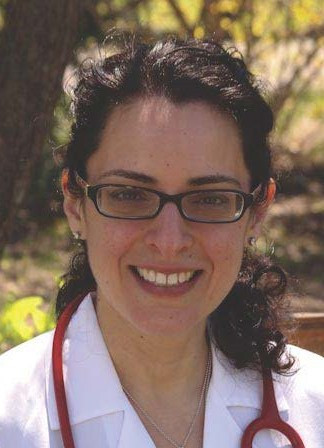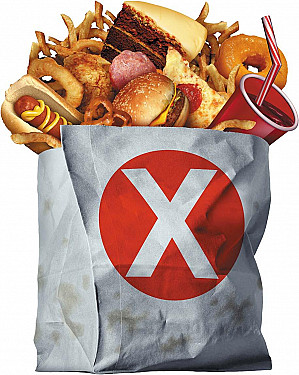Heart disease and breast cancer: Can women cut risk for both?

Very often I encounter women who are far more worried about breast cancer than they are about heart disease. But women have a greater risk of dying from heart disease than from all cancers combined. This is true for women of all races and ethnicities. Yet only about 50% of women realize that they are at greater risk from heart disease than from anything else.
Currently in the US, three million women are living with breast cancer, which causes one in 31 deaths. Almost 50 million women have cardiovascular disease, which encompasses heart disease and strokes and causes one in three deaths.
Here's what's really interesting, though: heart disease and breast cancer share many of the same risk factors. What's more, there are two big risk categories that we can do something about: exercise and diet.
Heart disease and breast cancer: How much exercise is needed?
Many studies have shown that the less physically active a woman is, the higher her risks are for cardiovascular disease and breast cancer. Of course, the flip side is that the more physically active she is, the lower her risks.
How much physical activity is recommended? Well, the latest government physical activity guidelines for Americans and the American Heart Association guidelines on activity both call for at least 150 minutes of moderate physical activity weekly. That's only 21 minutes daily. More is better. But by current statistics, less than 18% of women are meeting that minimum of 21 minutes a day. Everything counts! Walking, gardening, taking the stairs, dancing around, cleaning house. Exercise does not have to be at the gym. Avoiding long periods of time sitting is key. So, sit less, move more.
Heart disease and breast cancer: How can diet help?
Research also shows that a diet high in fruits and vegetables, whole grains, and healthy protein (like seafood, tofu, or beans) and low in refined grains, added sugars, and red and processed meats is associated with a lower risk of both heart disease and breast cancer. The American Cancer Society nutrition guidelines for cancer prevention and the American Heart Association nutrition guidelines for heart disease prevention are essentially the same:
- DO Eat mostly plants, meaning fruits and vegetables; aim for plant proteins like beans, lentils, nuts, and seeds; eat whole grains like brown rice, quinoa, and corn instead of refined grains; if you're going to eat meat, eat fish or poultry.
- DON'T eat refined grains (things made with white flour; white rice); avoid added sugars and sugary beverages; try not to eat red or processed meats or other processed foods with chemicals (like fast foods or frozen dinners).
What else is important to know?
It's critical to understand your risk factors for heart disease — and what you can do to lower those risks. Sixty-four percent of women who die of heart disease never have any symptoms beforehand. Beyond an unhealthy diet and physical inactivity, other major risk factors include smoking, obesity, diabetes, high cholesterol, high blood pressure, growing older (particularly post-menopause), and a family history of heart disease. It may be important to check your "numbers" (blood sugars, cholesterol, blood pressure) in order to know if any of these are a problem. For women who have risk factors, we can screen for any heart disease with a coronary artery CT scan.
It's also important to know that women can have different symptoms of heart disease than men. In my own practice, most of my female patients who have had heart attacks thought they had acid reflux. They experienced a burning feeling in their chest, accompanied by nausea and even burping. One was even seen in urgent care and told that she had acid reflux. The clue in all cases was that the sensation was brought on by activity, not eating.
Mammograms are very important for breast cancer screening. What age to start them and how often to have them is somewhat controversial. It should be individualized to the patient.
I encourage everyone to meet with their doctor and discuss their risks for heart disease and breast cancer, as further testing may be required.
What's the bottom line?
Physical activity and a healthy, plant-based diet are key for heart disease and breast cancer prevention. Also, cardiovascular disease and cancer treatment outcomes are better in patients who adopt healthy lifestyle habits, especially regular exercise. Basically, a plant-based Mediterranean diet and plenty of physical activity are sensible measures that are important for prevention and even treatment of cardiovascular disease and breast cancer — both major health issues for women.
Follow me on Twitter @drmoniquetello
About the Author

Monique Tello, MD, MPH, Contributor
Disclaimer:
As a service to our readers, Harvard Health Publishing provides access to our library of archived content. Please note the date of last review or update on all articles.
No content on this site, regardless of date, should ever be used as a substitute for direct medical advice from your doctor or other qualified clinician.















